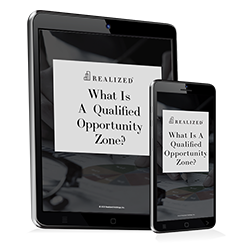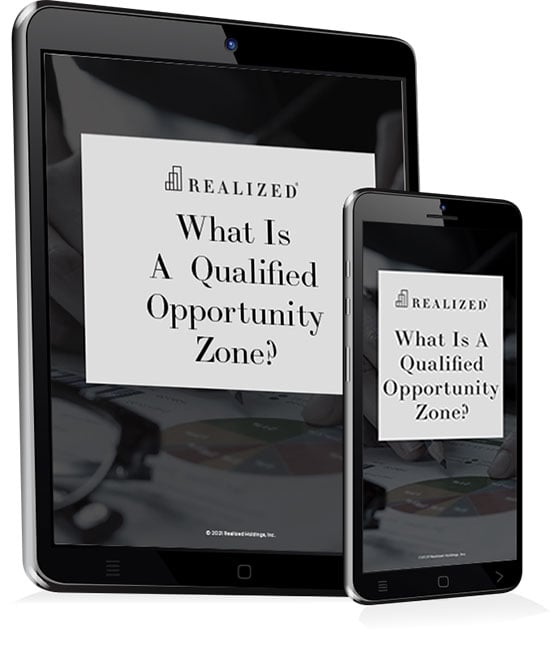An Opportunity Zone is an economically-distressed community (see also “low-income communities”) where new investments, under certain conditions, may be eligible for preferential tax treatment.
A low-income community has the same definition as is used for New Markets Tax Credit. Localities qualify as Opportunity Zones if they have been nominated for that designation by the governor of a state (or the mayor of the District of Columbia) and that nomination has been certified by the Secretary of the U.S. Treasury. Up to 25% of the qualified census tracts in a state may be nominated as an Opportunity Zone. A governor may include census tracts that are not qualified census tracts if they are contiguous to a qualified census tract that is also nominated as an Opportunity Zone and the median family income of such tract does not exceed 125% of the median family income of the contiguous tract. Not more than 5% of the population census tracts designated can include tracts designated under this provision. This permits a governor to create more uniform districts, and also can allow more prosperous areas to be designated, which in turn permits businesses located in those areas to participate in the program.



